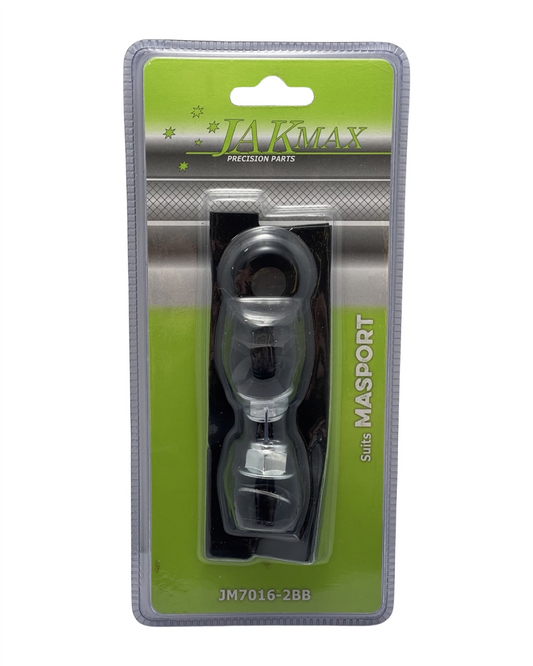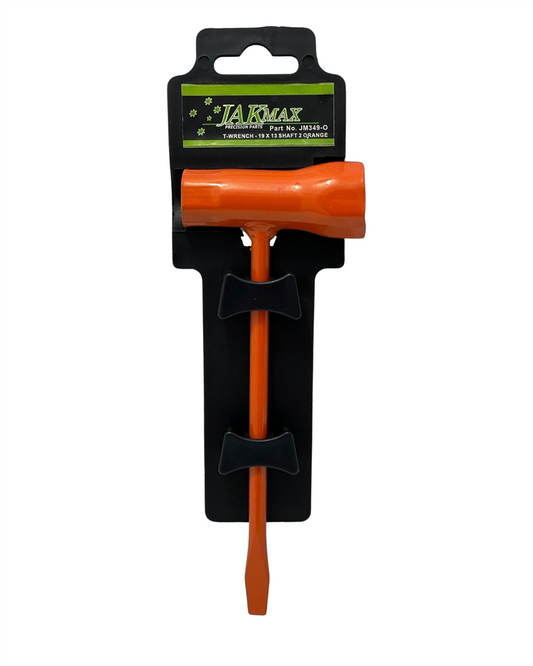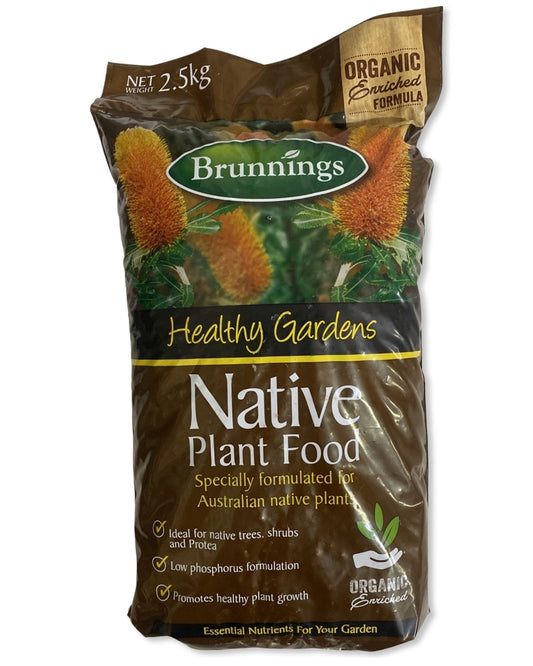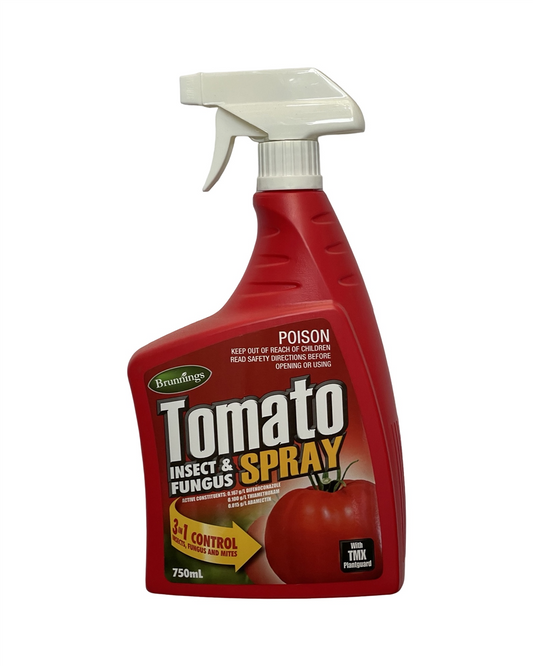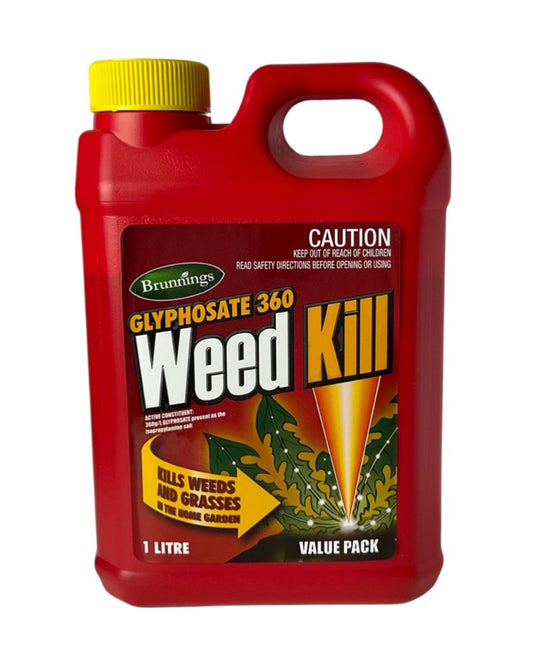Feeling overwhelmed by poor soil? Here’s how to fix it
Share
Struggling with Poor Soil? Here’s How to Fix It
So, you’ve got big dreams of a lush, thriving garden, but your soil has other ideas. Maybe it’s dry and lifeless, or it turns to mud at the first sign of rain. No matter what kind of trouble your soil is giving you, don’t worry—I’ve got you covered. A healthy garden starts from the ground up, and with a little know-how, you can turn even the most stubborn patch of dirt into rich, fertile soil.
Understanding Your Soil Type
Before you start fixing your soil, it helps to know what you’re working with. Grab a handful of soil and give it a little squeeze. Does it crumble apart easily? You’re dealing with sandy soil. Does it feel sticky and clumpy? That’s clay soil. If it holds together but still breaks apart when poked, congratulations—you’ve got loamy soil, the gold standard for gardening.
Don’t worry if your soil isn’t perfect. Every type has its challenges, and every type can be improved.
Boosting Drainage for Clay Soil
Clay soil is packed with nutrients, but it holds onto water like a sponge. Your plants’ roots need oxygen, and soggy clay soil makes that difficult. The trick is to open it up and improve drainage.
- Add organic matter: Mixing in compost or well-rotted manure will help break up the dense clay, making it easier for water to move through.
- Use gypsum: If your soil feels more like potter’s clay than garden soil, gypsum can help loosen things up.
- Avoid digging when wet: Wet clay compacts easily, making things worse. Wait until it’s damp but not sticky before working it.
Retaining Moisture in Sandy Soil
On the opposite end of the spectrum, sandy soil drains too quickly, leaving plants thirsty. If your soil seems to dry out before you’ve even put the hose away, here’s what you can do:
- Add compost: Organic matter is your best friend. It helps sandy soil hold onto moisture without turning it into sludge.
- Use mulch: A thick layer of mulch will slow down evaporation and keep the soil cool.
- Choose the right plants: If you’ve got particularly sandy soil, go for drought-tolerant plants like lavender or rosemary.
Bringing Life Back to Dead Soil
If your soil just seems… lifeless, it probably needs a little TLC. Healthy soil is full of microbes that break down organic matter and feed your plants. If yours is looking more like dust than dirt, give it a new lease on life:
- Feed it with compost: Regular applications of compost will provide the nutrients and organic matter needed to restore balance.
- Try cover crops: Fast-growing plants like clover or mustard can be grown and then tilled into the soil for a natural boost.
- Say no to chemical fixes: Harsh fertilisers can strip your soil of its natural balance over time. Aim for organic solutions when possible.
The Secret to Long-Term Soil Health
Once you’ve improved your soil, keeping it healthy is all about routine care:
- Rotate crops: Growing the same plants in the same spot year after year can deplete nutrients.
- Keep it covered: Bare soil dries out quickly and is more prone to erosion. Use mulch or plant ground cover to protect it.
- Add organic matter regularly: Healthy soil is a living thing, so keep feeding it with compost.
Where to Get the Best Soil Fixers
If you’re ready to give your garden soil a makeover, Strathalbyn H Hardware's Garden Centre has everything you need. From top-quality compost to gypsum and mulch, we’ll help you improve your soil and get your garden thriving. Pop in for expert advice and the best products for your needs!
With the right techniques, even the most stubborn soil can be brought back to life. All it takes is a little patience, a bit of effort, and a whole lot of love for your garden.
Happy gardening!
Candeece
 Stay Connected
Stay Connected
Join our gardening community on Facebook the Urban Gardener's Notebook
And follow our Store Facebook Page: Strathalbyn H Hardware on Facebook

